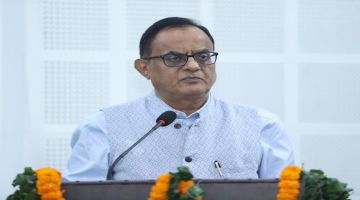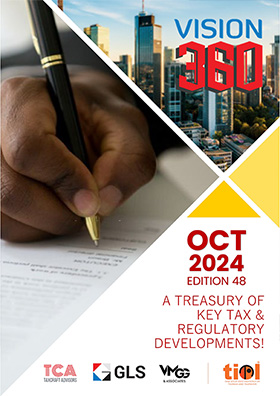FII debt limits: Govt further simplifies guidelines to attract FDI
By TIOL News Service
NEW DELHI, APRIL 01, 2013: THE Central Government in consultation with Reserve Bank of India (RBI) and SEBI has decided to simplify the framework of FII debt limits, the allocation mechanism of these debt limits and also lay down a perspective plan for enhancement of these debt limits in the future.
Till now FIIs were permitted to invest USD 25 billion in G-Secs (Comprising of two sub-limits of USD 10 billion and USD 15 billion), USD 26 billion in General Corporate bonds (comprising of USD 25 billion limit for FIIs and USD 1 billion limit for QFIs) and USD 25 billion in Long-term infra bonds (comprising of USD 10 billion limit for IDFs, USD 12 billion limit for FII investment in long-term infra bonds and USD 3 billion limit for QFI investment in Mutual Fund Debt schemes which invest in Infrastructure sector). The various sub-limits stated above were subject to different sets of conditions in terms of original maturity, lock-in period and residual maturity restrictions.
On review, it was observed that the existing framework of various debt sub-limits and associated conditions with respect to each sub-limit led to complexity and inflexibility for investors and hampered investment in debt securities. Therefore, in order to encourage greater foreign investments in INR denominated debt instrument, it was decided in consultation with RBI and SEBI to simplify the framework of FII debt limits, the allocation mechanism of these debt limits and also lay down a perspective plan for enhancement of these debt limits in the future.
The salient features of the new approach are as follows:
The existing debt limits will be merged into following two broad categories:
+ Government securities of US$ 25 billion (by merging Government Securities old and Government Securities long term) and, Corporate bonds of US $ 51 billion dollars (by merging US $ one billion for QFIs, US $ 25 billion dollars for FIIs in corporate bonds and US $ 25 billion for FIIs in long term infra bonds).
+ The entire limit in both the Government securities and Corporate bonds categories will be made available to all eligible classes of foreign investors, including FIIs, QFIs, and long term investors such as Sovereign Wealth Funds (SWFs), Pension Funds, Foreign Central Banks etc.
+ Out of USD 25 billion limit for Government Securities, a sub limit of US $ 5.5 billion has been provided for investment in short term papers such as treasury bills.
+ Similarly in case of USD 51 billion limit for corporate bonds, a sub limit of US $ 3.5 billion has been provided for investment in short term papers such as commercial papers.
+ These sub-limits have been carved out based on the current holdings of such short term instruments by FIIs and have been provided so that existing investments are not adversely affected.
+ Because of the room created by unifying categories, the current SEBI auction mechanism allocating debt limits for corporate bonds will be replaced by the ‘on tap system’ currently in place for infrastructure bonds.
+ In order to allow large investors to plan their investments, the Government will review the foreign investor limit in corporate bonds when 80% of the current limit is taken up. Further, it will also enhance the limit on government bonds as and when needed, based on utlilisation levels, demand from foreign investors, macro-economic requirements and a prudent off shore: on shore balance.
+ To provide a guide to investors, it has been decided that the annual enhancement of the Government bond limit will remain within 5% of the gross annual borrowing of the Central Government excluding buy backs.
These measures will simplify the norms for foreign investment and are likely to encourage greater capital inflows, enhance the flow of resources to the Indian economy and encourage development of the debt market in India, claims the Press Release issued by the Union Government.














